Dancing Through Time: The Evolution of Dressage
Dressage, often described as a dance between horse and rider, is an exquisite form of riding that focuses on the graceful harmony and precise movements of the horse. At its core, dressage is about developing a horse’s natural athletic ability and willingness to perform, achieving a level of obedience, flexibility, and balance that is both beautiful and awe-inspiring to witness. This discipline isn’t just about competition; it’s a testament to the deep bond and mutual respect formed between you and your horse.
The roots of dressage stretch back to ancient Greece, where the art of horsemanship was first codified by the likes of Xenophon. His writings emphasize the importance of gentle, cooperative training methods, a philosophy that has echoed through the ages and remains at the heart of dressage today. From these classical beginnings, dressage has woven its way through history, evolving alongside the societies that cherished it.
Once the realm of cavalrymen and nobility, aiming to train their horses to be both agile in battle and impressive in parade, dressage has transformed into a competitive sport that captivates audiences worldwide. Its journey from the ancient battlefields to the pristine arenas of the Olympics is a fascinating tale of tradition and innovation, highlighting humanity’s enduring fascination with the noble horse. Today, dressage stands as a pinnacle of equestrian discipline, celebrated for its elegance, precision, and the unique partnership it fosters between horse and rider.
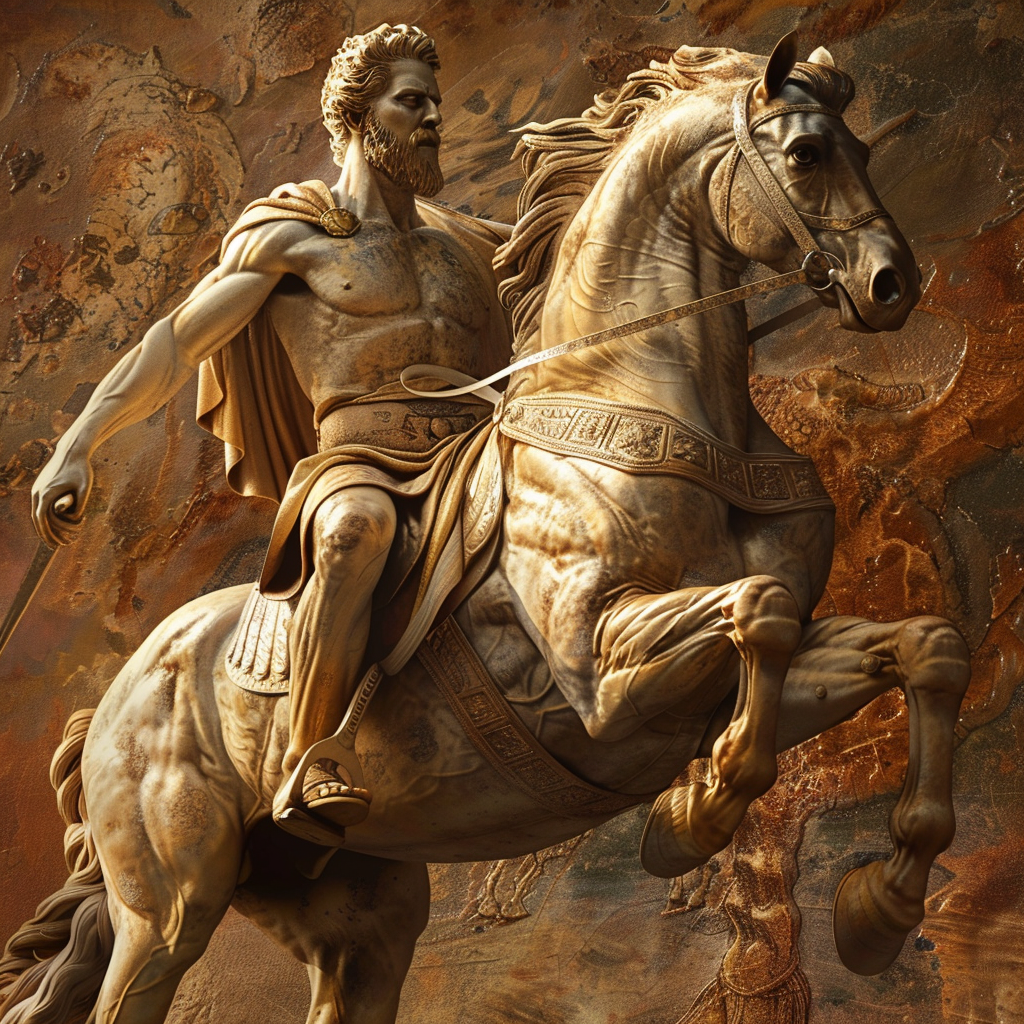
The Genesis of Dressage
The genesis of dressage is a story that begins in the annals of ancient history, deeply rooted in the tradition of classical Greek horsemanship. It was in these early times that the foundational principles of what we now recognize as dressage were first articulated, most notably by Xenophon, a Greek soldier, historian, and equestrian. His seminal work, “The Art of Horsemanship,” remains a cornerstone in the world of equestrian disciplines, offering insights into the humane and respectful training of horses. Xenophon championed the idea that a horse should be trained with kindness and understanding, rather than through fear and punishment. This philosophy underpins the essence of dressage: creating a harmonious bond between horse and rider.
In its nascent stages, the primary aim of dressage was far removed from the competitive arenas we are familiar with today. Instead, it was a vital component of military training, designed to create horses that were not only agile and swift but could also carry out complex maneuvers on the battlefield. The ability for a horse to respond to subtle cues, change directions quickly, and move with precision was crucial in combat situations. These early dressage exercises developed the horse’s strength, suppleness, and responsiveness, qualities that were essential for survival and effectiveness in war.
The Greeks understood that the key to such mastery was not in coercion but in mutual respect and understanding between horse and rider. This ethos laid the groundwork for all future equestrian disciplines, including modern dressage. The principles set forth by Xenophon, emphasizing the importance of natural movements and the welfare of the horse, have echoed through the centuries and remain at the heart of dressage training today.
As civilizations evolved and the role of the horse shifted from a military asset to a symbol of status, leisure, and sport, the principles of dressage were refined and adapted. Yet, the core objective—to achieve a seamless blend of strength, agility, and harmony—has remained unchanged. This enduring legacy of ancient horsemanship has allowed dressage to develop into the sophisticated and respected sport it is today, celebrating the deep and abiding connection between horse and rider.

The Renaissance Influence
The Renaissance, a period of immense cultural and intellectual rebirth across Europe, heralded significant advancements in many fields, including the art of dressage. This era, particularly in countries like Italy and France, was marked by a growing appreciation for the aesthetics of horsemanship, transforming dressage into an art form that celebrated the beauty of the horse and the elegance of its movements. It was during this time that dressage began to emphasize artistry and communication between horse and rider, moving beyond its military origins to explore the potential of horse and rider in harmony.
The Renaissance brought with it a new ethos in the training of horses. Innovators of the period began to see the horse not just as a tool of war or labor but as a partner capable of expressing grace and nobility. This shift was reflected in the techniques and objectives of dressage training, which increasingly focused on the finesse of movement and the subtle dialogue between horse and rider. The aim was no longer just obedience and utility but the pursuit of an ideal of perfection and beauty in motion.
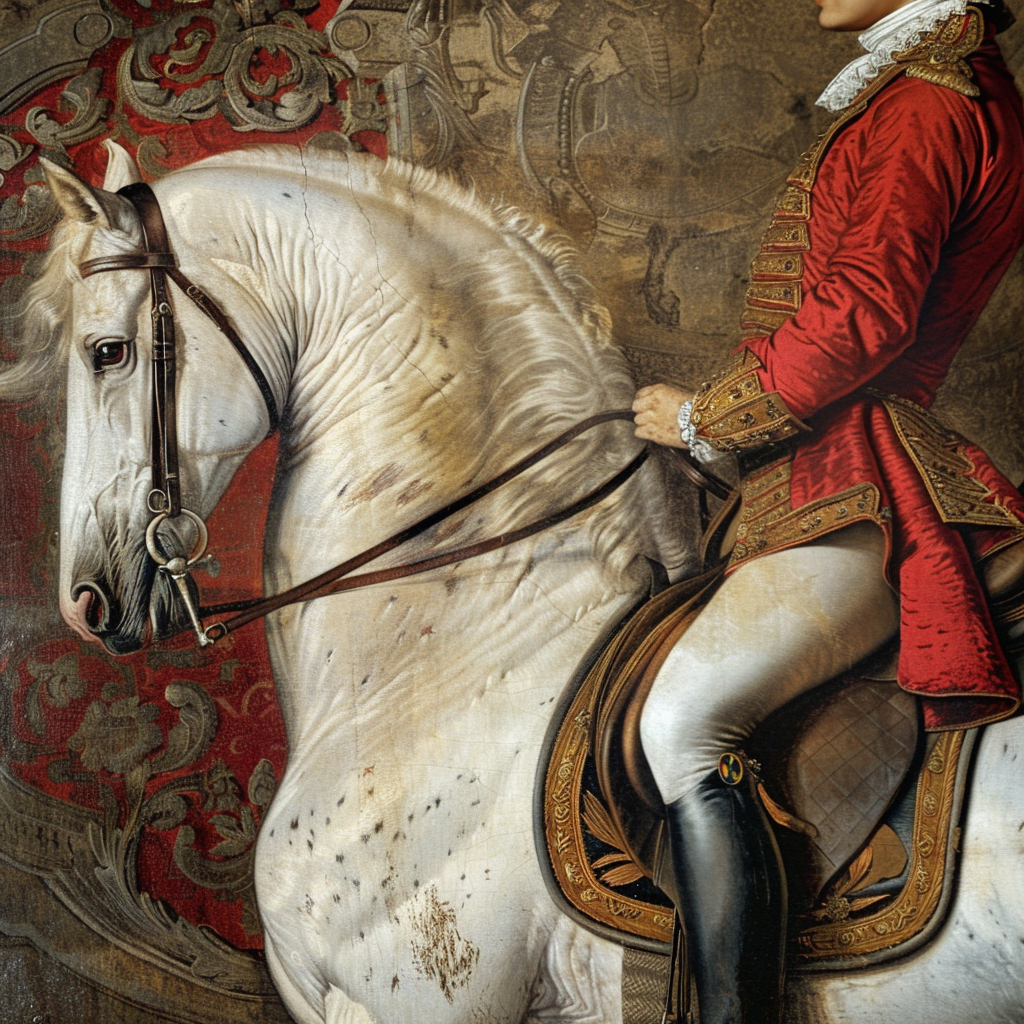
This period also saw the establishment of the first formal riding academies, institutions that played a pivotal role in codifying and disseminating dressage techniques. Among these, the Spanish Riding School in Vienna stands out as a beacon of classical dressage. Founded in the 16th century, the Spanish Riding School became synonymous with the highest standards of equestrian excellence, preserving and refining the art of dressage. The school’s emphasis on rigorous training and the aesthetic dimensions of horseback riding helped to elevate dressage from a practical skill to a celebrated art form.
The teachings of these academies, grounded in the principles of harmony, balance, and precision, laid the foundation for modern dressage. They formalized a curriculum of movements and exercises that enhanced the horse’s natural athleticism while fostering a profound bond between horse and rider. This era’s legacy is a testament to the transformative power of the Renaissance on dressage, shaping it into a discipline that transcends mere technique, embodying the spirit of partnership and artistic expression.
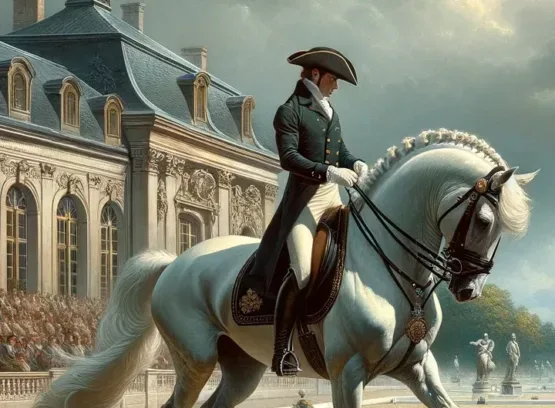
The Age of Enlightenment and Beyond
As Europe emerged from the Renaissance into the Age of Enlightenment, dressage too entered a new era of refinement and philosophical depth. The 18th and 19th centuries were marked by an intensified focus on the principles of harmony, precision, and the systematic training of the horse. This period was instrumental in developing what we now understand as the classical dressage training scales—sequential steps designed to progressively enhance the horse’s strength, flexibility, and responsiveness.
The Enlightenment’s emphasis on reason and systematic thinking applied to dressage, leading to a more structured approach to training. The concept of the training scales emerged, laying out a clear path for developing the horse in a manner that was both logical and in keeping with its natural abilities. These scales prioritized the horse’s physical and mental well-being, ensuring that each phase of training built upon the last to achieve a harmonious and balanced partnership between horse and rider.
Among the luminaries of this era, François Robichon de La Guérinière stands out as a pivotal figure whose contributions have left an indelible mark on modern dressage. As the author of “Ecole de Cavalerie” and an esteemed instructor at the French Royal Riding Academy, La Guérinière is often credited with the invention of several key dressage movements, including the flying change. His advocacy for a systematic, humane approach to horse training underscored the importance of understanding the horse’s nature and working with it, rather than against it.
La Guérinière’s philosophies and techniques became the bedrock of classical dressage, emphasizing the need for balance, lightness, and ease in movements. He believed that true mastery of dressage lay not in forcing the horse into submission but in achieving a natural harmony that allowed the horse’s grace and power to shine through. This ethos resonated deeply with the Enlightenment ideals of balance, reason, and progress, shaping the future direction of dressage training.
The legacy of the Age of Enlightenment and figures like La Guérinière in the realm of dressage is profound. They introduced a level of sophistication and a philosophical approach that transformed dressage into a disciplined art form, where the welfare of the horse and the pursuit of perfection in harmony became paramount. This era set the stage for the continued evolution of dressage, ensuring that it remained a dynamic and evolving discipline, always striving for a higher standard of excellence and unity between horse and rider.
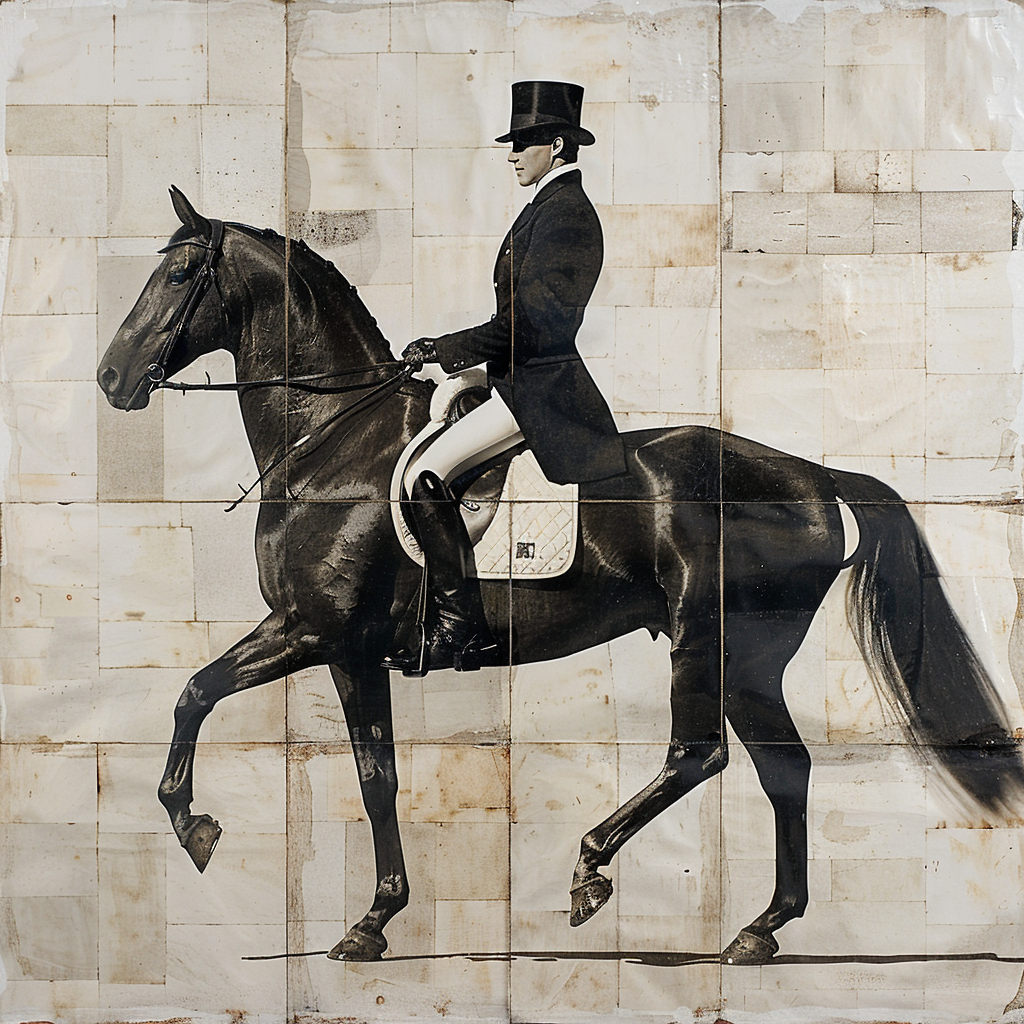
Dressage in the Modern Era
As we move into the modern era, dressage unfolds as a discipline that not only honors its rich heritage but also embraces the advancements of contemporary equestrian science. The journey of dressage into the 20th and 21st centuries is marked by significant milestones, not least of which is its recognition as an Olympic sport in 1912. This pivotal moment on the world stage spotlighted dressage, elevating it to a global audience and setting the stage for the evolution of its competition rules and standards.
The inclusion of dressage in the Olympics necessitated the development of a standardized set of rules and criteria to fairly judge performances across the international community. This led to a refinement of the sport, where precision, harmony, and the artistic presentation of horse and rider became paramount. The evolution of these rules and standards reflects an ongoing commitment to integrity, fairness, and the celebration of excellence in equestrian sport. It has also prompted innovations in training, attire, and competition formats, adapting to the needs and expectations of a modern audience while preserving the sport’s core values.
Modern training methods in dressage have been significantly influenced by advances in our understanding of horse psychology and physiology. Today’s trainers and riders place a strong emphasis on the welfare and natural abilities of the horse, integrating scientific insights into their training regimens. This contemporary approach balances traditional dressage principles with a deep respect for the horse as a sentient being, aiming to enhance its performance through positive reinforcement, biomechanically sound exercises, and a deep understanding of equine behavior.
This era has seen a shift towards more humane, enlightened training techniques that prioritize the physical and mental well-being of the horse. Practices such as groundwork, natural horsemanship, and the use of technology for biomechanical analysis have become integral parts of modern dressage training. These methods foster a deeper connection between horse and rider, allowing for a more nuanced communication and a partnership that is both respectful and effective.
Moreover, the modern era of dressage is characterized by an inclusive and dynamic community that embraces innovation while staying true to the discipline’s classical roots. From the use of social media to share training tips and celebrate achievements to the ongoing dialogue about how best to ensure the sport’s sustainability and accessibility, dressage continues to evolve. The community’s commitment to the ethical treatment of horses, coupled with a passion for the art and sport of dressage, ensures that this timeless discipline remains relevant and beloved by equestrians around the world.
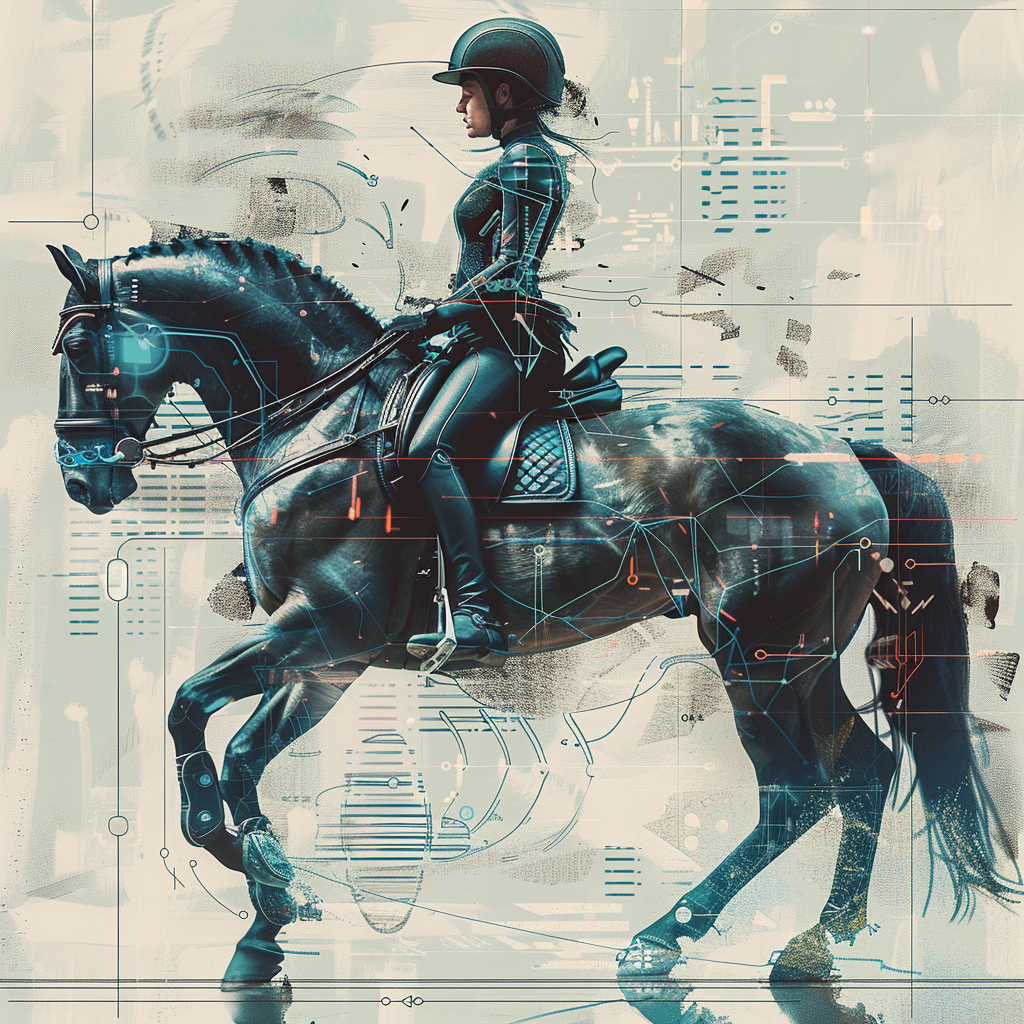
Technological and Societal Impacts
The landscape of dressage, like many other facets of our modern world, has been significantly shaped by the dual forces of technological advancement and evolving societal attitudes, particularly regarding animal welfare. These changes have not only influenced training and competition methodologies but have also expanded the reach and accessibility of the sport, creating a vibrant, global community of enthusiasts.
Technological innovations have revolutionized the way dressage horses are trained, cared for, and evaluated. Biomechanical analysis tools, such as high-speed cameras and pressure-sensitive mats, allow for a nuanced understanding of horse movement, identifying areas for improvement while minimizing the risk of injury. Wearable technology for horses, including heart rate monitors and GPS trackers, provides valuable data on a horse’s physical condition and training progress, enabling a more scientific approach to their preparation and recovery.
Similarly, advances in veterinary medicine, supported by technology, have improved the health, longevity, and well-being of dressage horses. From state-of-the-art imaging techniques to regenerative therapies like stem cell treatment, the modern dressage horse benefits from an unprecedented level of medical care, ensuring they perform at their peak while maintaining their overall health.
On the societal front, there has been a marked shift towards greater awareness and sensitivity concerning animal welfare. This shift has influenced dressage training philosophies, with an increased emphasis on ethical training methods that prioritize the horse’s mental and physical well-being. The dressage community today is more attuned to the needs of the horse, advocating for practices that respect the horse’s natural abilities and limits, reflecting a broader societal movement towards compassion and stewardship in our interactions with animals.
The role of social media and digital platforms in this evolution cannot be overstated. These tools have democratized access to dressage education, allowing riders, trainers, and enthusiasts from all corners of the globe to share knowledge, experiences, and inspiration. Through online tutorials, webinars, and social media groups, the dressage community has created a dynamic, interactive space where support and learning flourish. These platforms also offer a stage for showcasing the beauty and artistry of dressage to a wider audience, attracting new enthusiasts and elevating the sport’s profile worldwide.
Furthermore, social media has amplified conversations around dressage, including discussions on training techniques, horse welfare, and the future direction of the sport. This open dialogue ensures that dressage continues to evolve in a manner that respects its heritage while embracing progress and innovation.
Conclusion
As we reach the conclusion of our exploration into the history and evolution of dressage, we find ourselves reflecting on a journey that spans millennia, from the ancient battlefields of Greece to the polished arenas of today’s Olympic stadiums. Dressage, with its roots deeply embedded in the classical traditions of horsemanship, has flourished into a beloved equestrian discipline that captivates hearts and minds around the globe. This enduring journey speaks to the timeless connection between horse and rider—a bond that dressage not only celebrates but elevates to an art form.
The essence of dressage lies in the pursuit of harmony, precision, and grace. It is a discipline that transcends mere sport, embodying the deepest levels of trust, respect, and understanding between horse and rider. This unique partnership, cultivated through years of dedicated training and mutual respect, showcases the incredible potential of both horse and rider when working in unison. Dressage, in its purest form, is a testament to the beauty of this collaboration, where each movement and moment shared in the arena is a dance of synchronized elegance.
Despite the myriad changes and advancements that have shaped dressage over the centuries, the core principles that underpin the discipline have remained steadfast. The values of kindness, patience, and respect for the horse’s natural abilities are as relevant today as they were in the time of Xenophon. Modern dressage continues to honor these traditions, integrating them with contemporary understandings of horse physiology, psychology, and welfare. This delicate balance between honoring the past and embracing the future ensures that dressage remains a vibrant and evolving discipline.
As dressage moves forward, it carries with it the legacy of centuries, a rich tapestry of history and innovation that informs its present and shapes its future. The global dressage community, bound by a shared passion for this exquisite form of equestrianism, plays a pivotal role in this ongoing journey. Through their dedication, dressage continues to thrive, reaching new heights of excellence and artistry.
In conclusion, the story of dressage is one of enduring beauty and constant evolution—a celebration of the partnership between horse and rider that has captivated humanity for generations. As we look to the future, we do so with the knowledge that dressage will continue to evolve, guided by the principles of harmony and respect that have been its hallmark since ancient times. This journey, from past to present, underscores the timeless allure of dressage, a discipline that forever captures the spirit of equestrian excellence.
Call to action
As we close this chapter on the captivating journey of dressage, I extend an invitation to you, the reader, to delve deeper into the rich tapestry of its history and embrace the opportunity to experience this beautiful discipline firsthand. Whether you are a seasoned equestrian or someone who has just begun to feel the pull of the equestrian world, there is a place for you in the vibrant community of dressage enthusiasts.
I encourage you to embark on a journey of discovery, exploring the depths of dressage history, its evolution, and the timeless principles that have shaped it into the esteemed sport it is today. There are countless resources available, from books and documentaries to online courses and lectures, that can enrich your understanding and appreciation of dressage’s heritage and artistry.
But why stop at learning from afar? The true essence of dressage, the profound connection between horse and rider, is best experienced in the flesh. Attend a local dressage event, and witness the harmony, precision, and elegance of this discipline up close. The grace of the horse and rider, moving as one, is a sight to behold, one that can inspire and move you in ways you never expected.
And for those who feel the stirrings of a deeper passion, consider taking up the reins yourself. Dressage is a journey of continuous learning and growth, offering a unique blend of discipline, artistry, and physical activity. Riding schools and clubs around the world welcome newcomers with open arms, providing lessons and support for riders of all levels. Engaging with dressage as a participant opens up a world of personal and physical discovery, allowing you to develop a bond with these magnificent creatures and experience the joy and fulfillment that comes from this ancient art. Read here to find out more about the basics of modern dressage as we know it now.
Let this be your call to action: explore, engage, and experience the world of dressage. Whether through study, spectating, or saddling up, dressage offers a profound way to connect with our history, with nature, and with the noble horse. Join the global community of dressage enthusiasts and become part of the ongoing story of this exquisite equestrian discipline.
Further resources
Books
- “Dressage for the New Age” by Dominique Barbier – Offers a fresh perspective on dressage principles and training methods, emphasizing the spiritual and emotional connection between horse and rider.
- “Reflections on Equestrian Art” by Nuno Oliveira – Provides insights into the art of dressage from one of the 20th century’s most revered masters, highlighting the importance of empathy and understanding in training.
- “The Complete Training of Horse and Rider” by Alois Podhajsky – A comprehensive guide from the former director of the Spanish Riding School, detailing the classical principles of dressage training.
Online Resources
- Dressage-Training.com – Offers a wide range of articles, tutorials, and video content for dressage enthusiasts of all levels.
- FEI Dressage Rulebook – Available on the FEI website, this rulebook provides the official competition rules and regulations, offering insight into the standards of the sport.
- The United States Dressage Federation (USDF) – The USDF website (usdf.org) is a treasure trove of resources, including educational materials, information on dressage programs, and a directory of dressage trainers and competitions across the United States.
Documentaries and Videos
- “Dancing with Horses” – This documentary explores the beauty and discipline of dressage, showcasing the training and dedication required to excel in the sport.
- YouTube Channels such as Dressage Hub – Offers instructional videos, rider interviews, and critiques of dressage performances, making it a valuable resource for learning and inspiration.
Social Media and Forums
- Chronicle of the Horse Forum – An active equestrian forum (chronofhorse.com) where dressage enthusiasts can exchange advice, experiences, and support.
- Instagram and Facebook – Follow professional dressage riders, trainers, and organizations for daily inspiration, training tips, and updates from the dressage world.
Attend Local and International Competitions
- Check local equestrian centers and dressage clubs for schedules of upcoming dressage events and clinics. Attending these can provide invaluable learning opportunities and the chance to connect with the dressage community.
Riding Schools and Clubs
- Contact local riding schools that offer dressage training. Many provide lessons for beginners to advanced riders and can be an excellent way to get started in the sport.
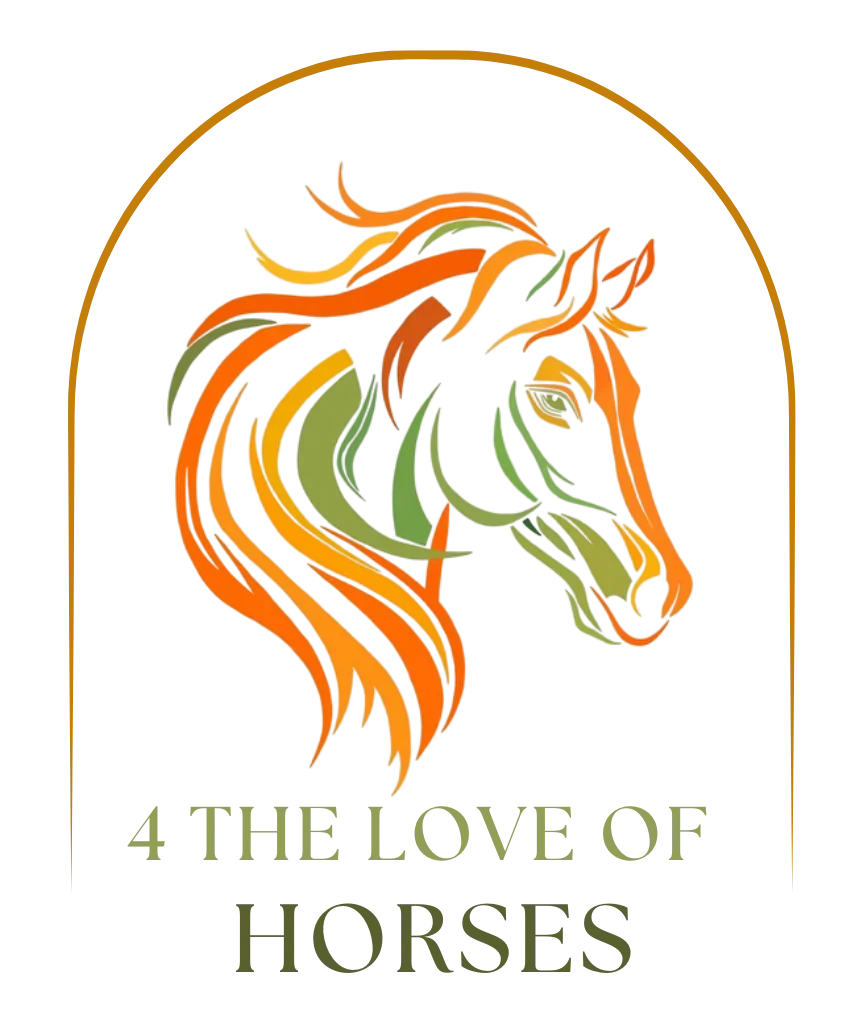
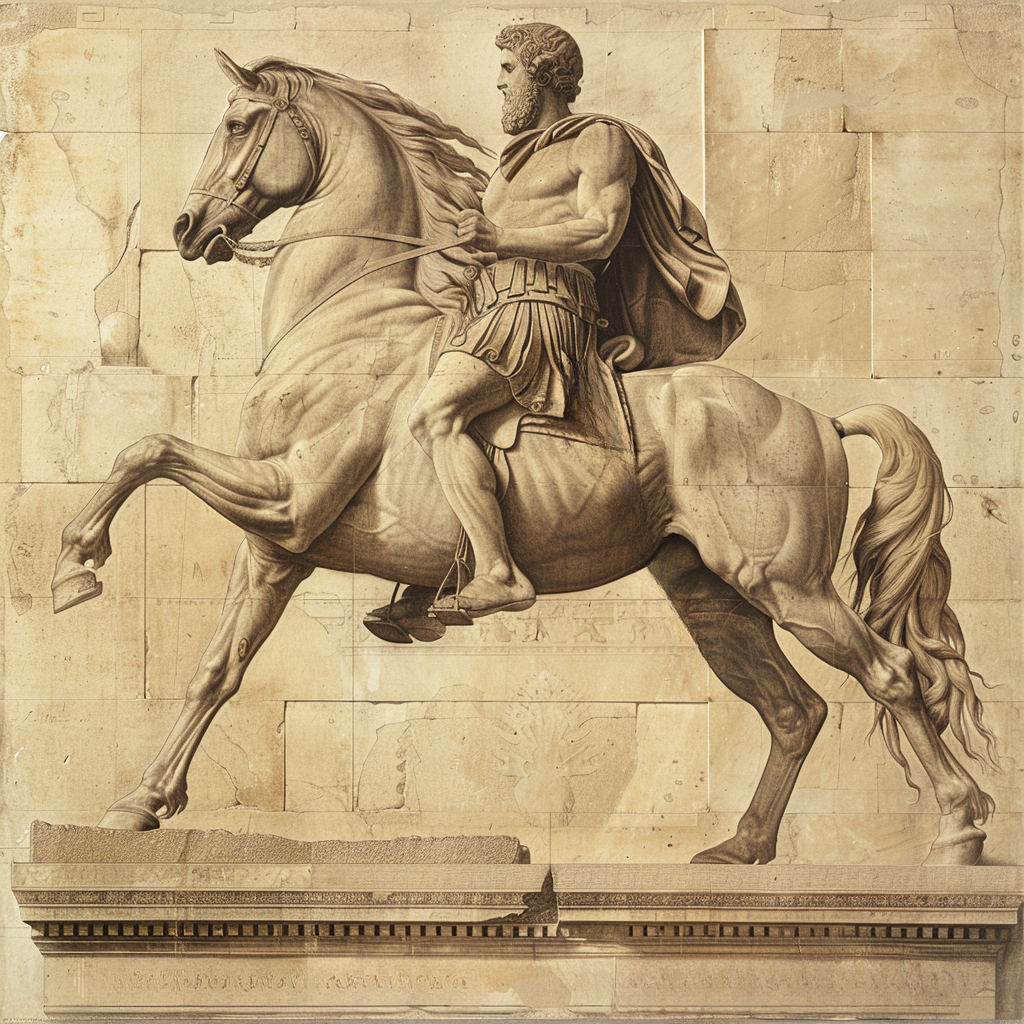

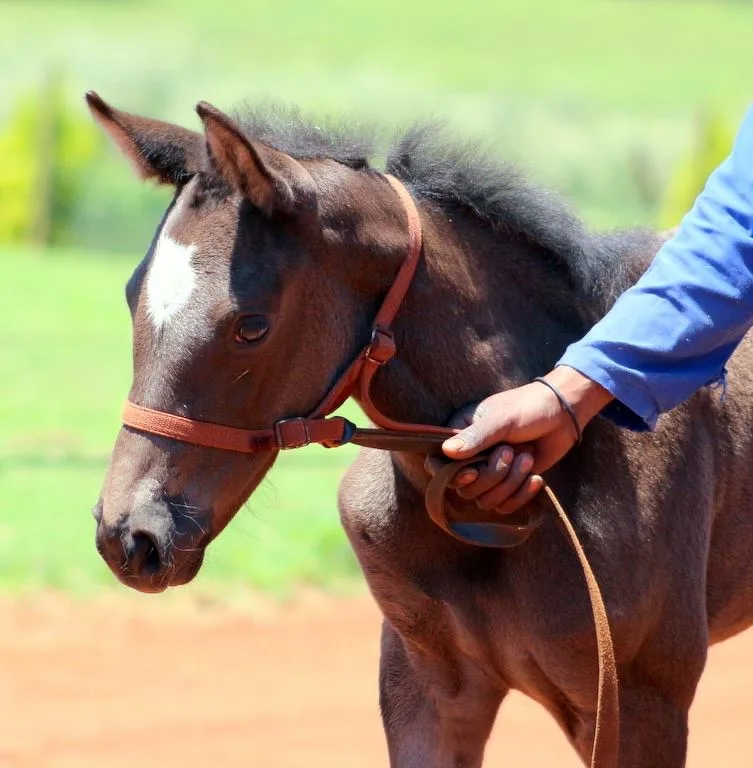
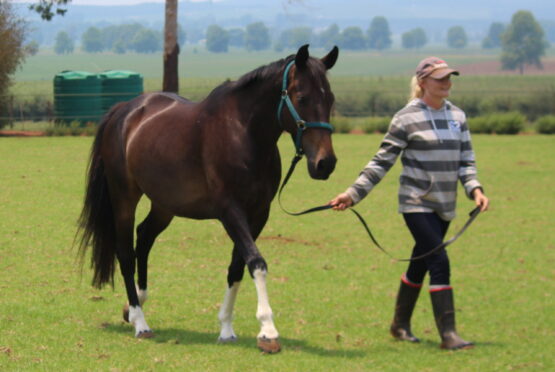

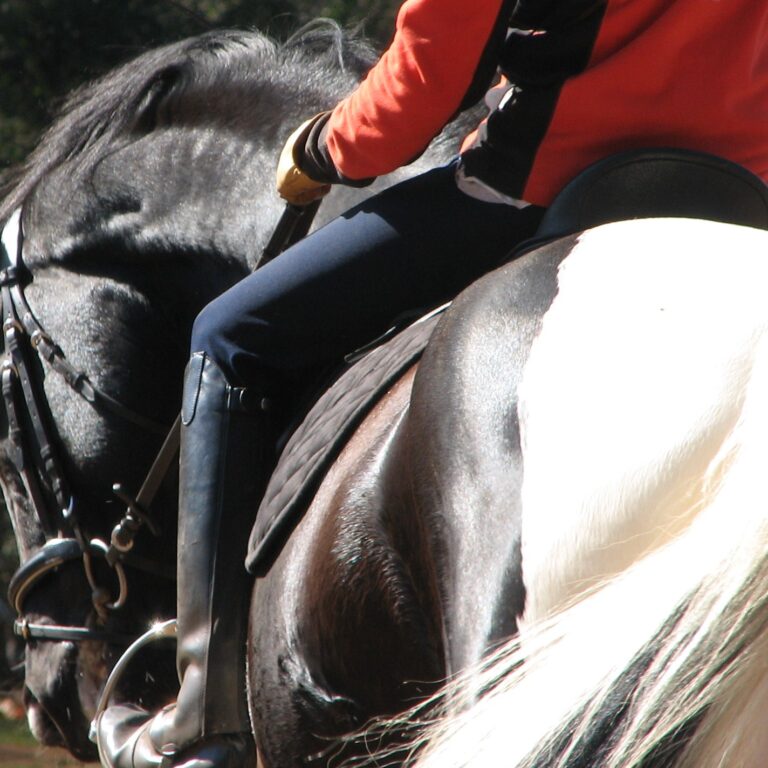
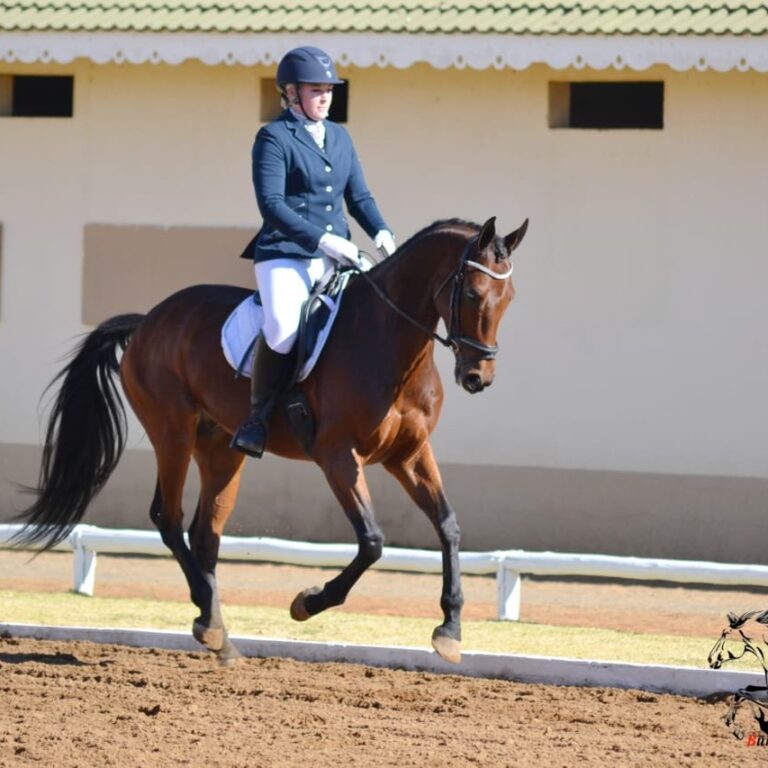
Leave a Reply